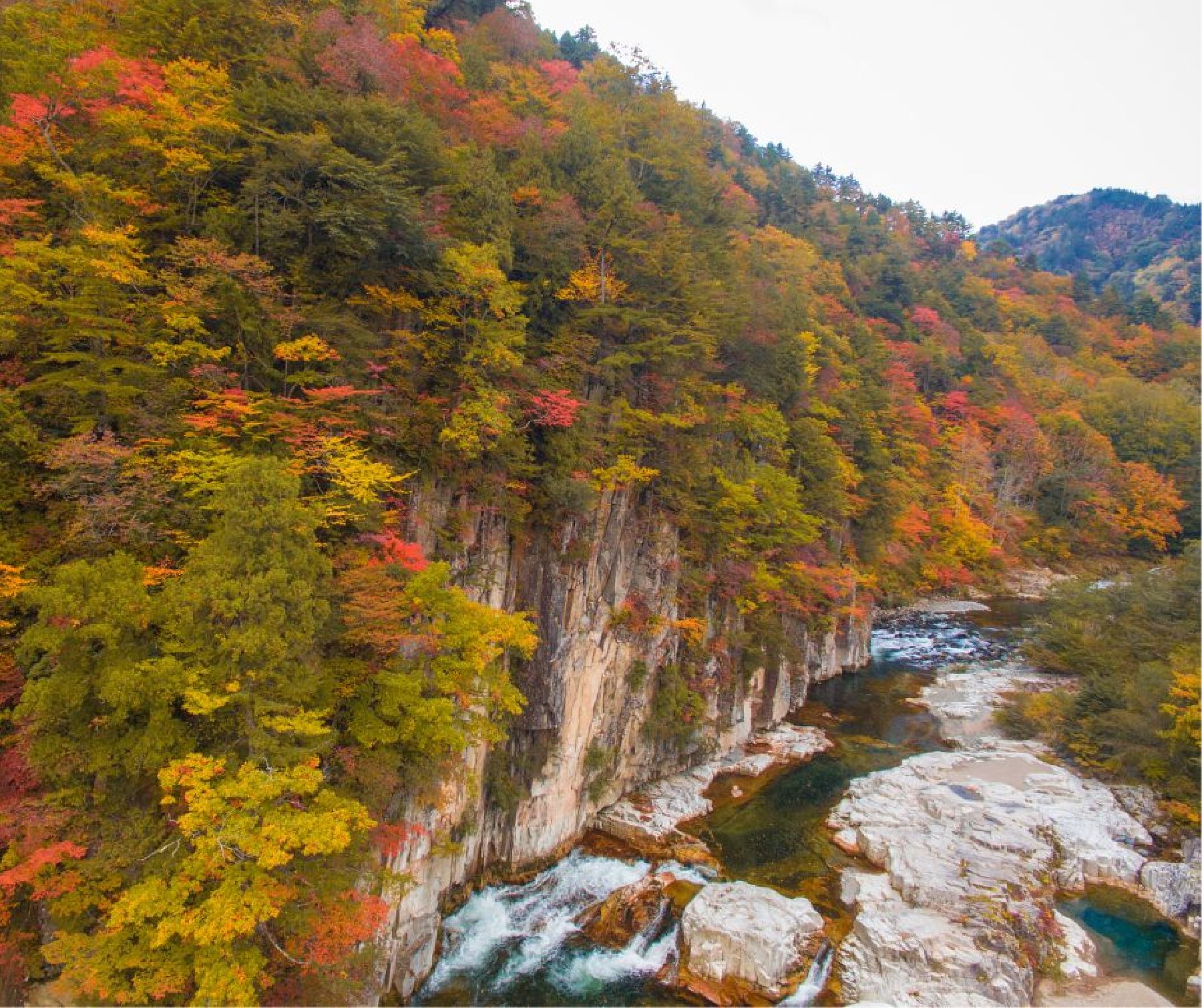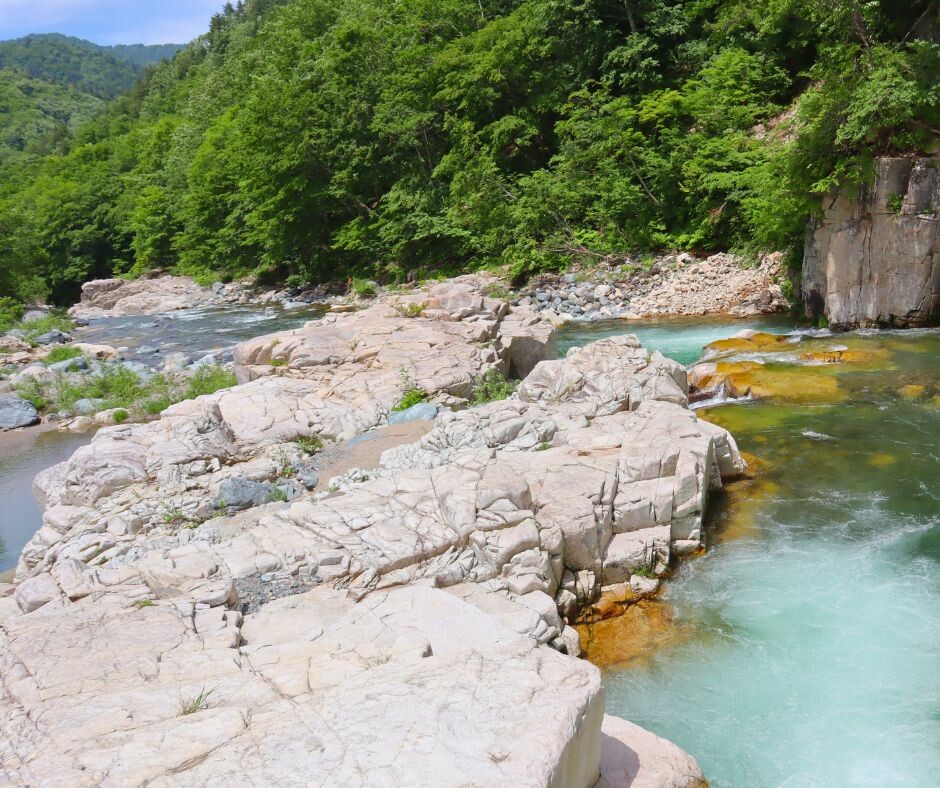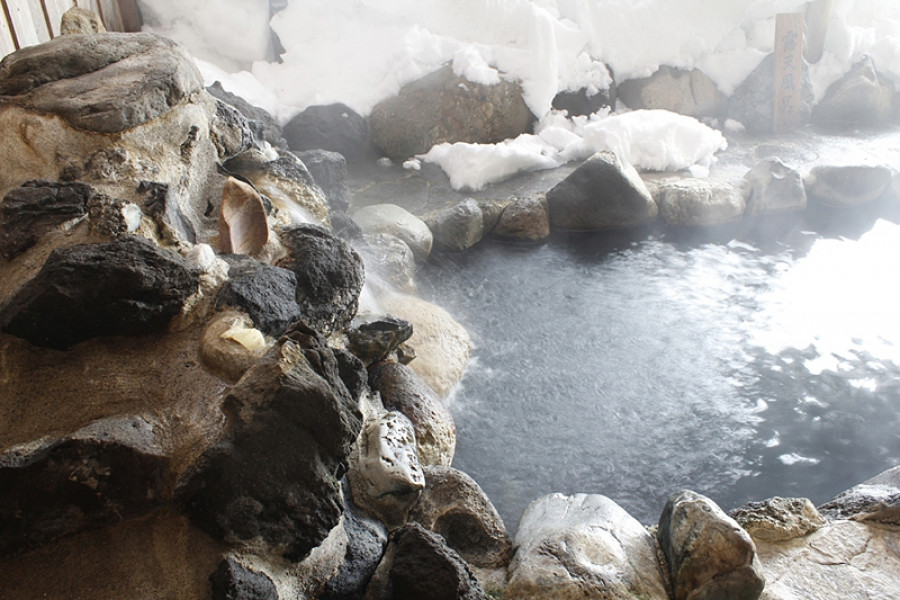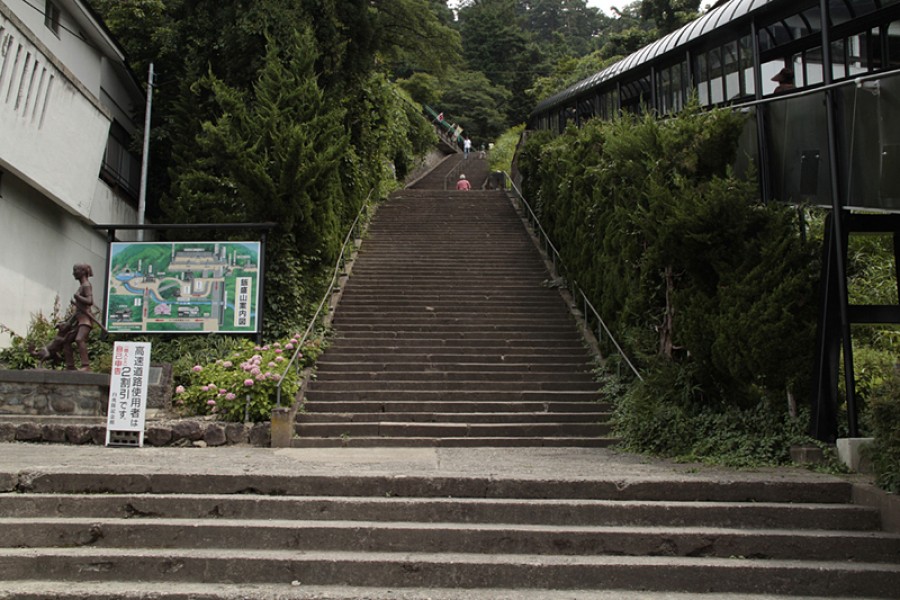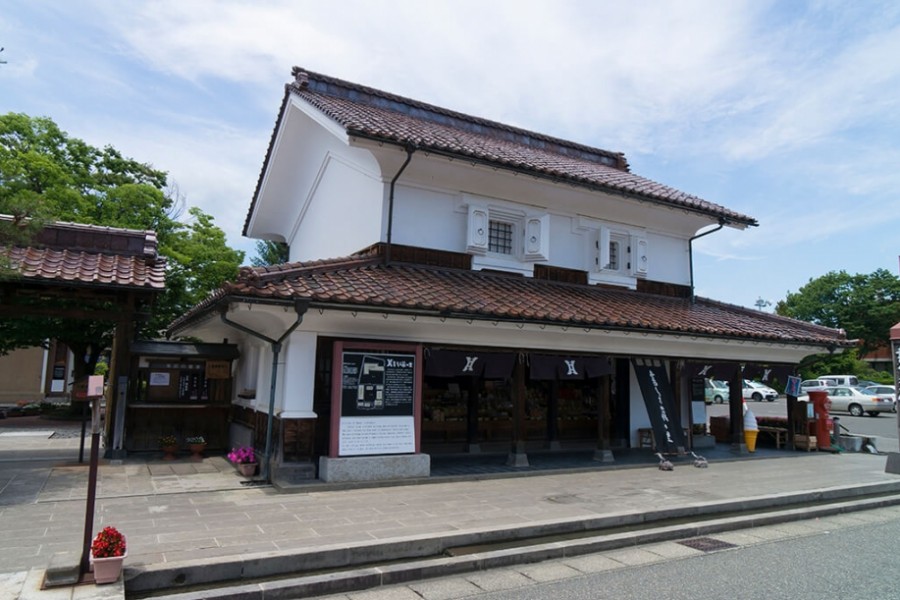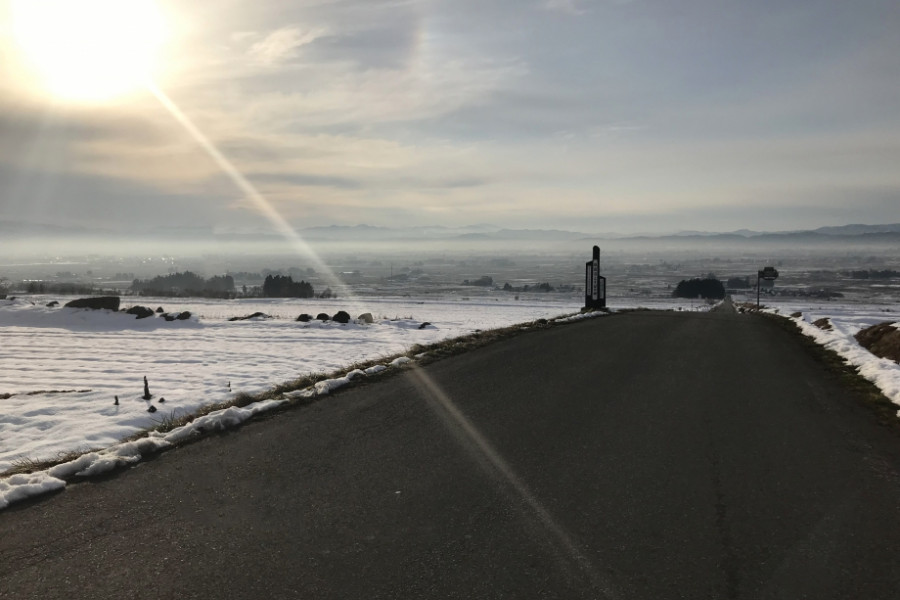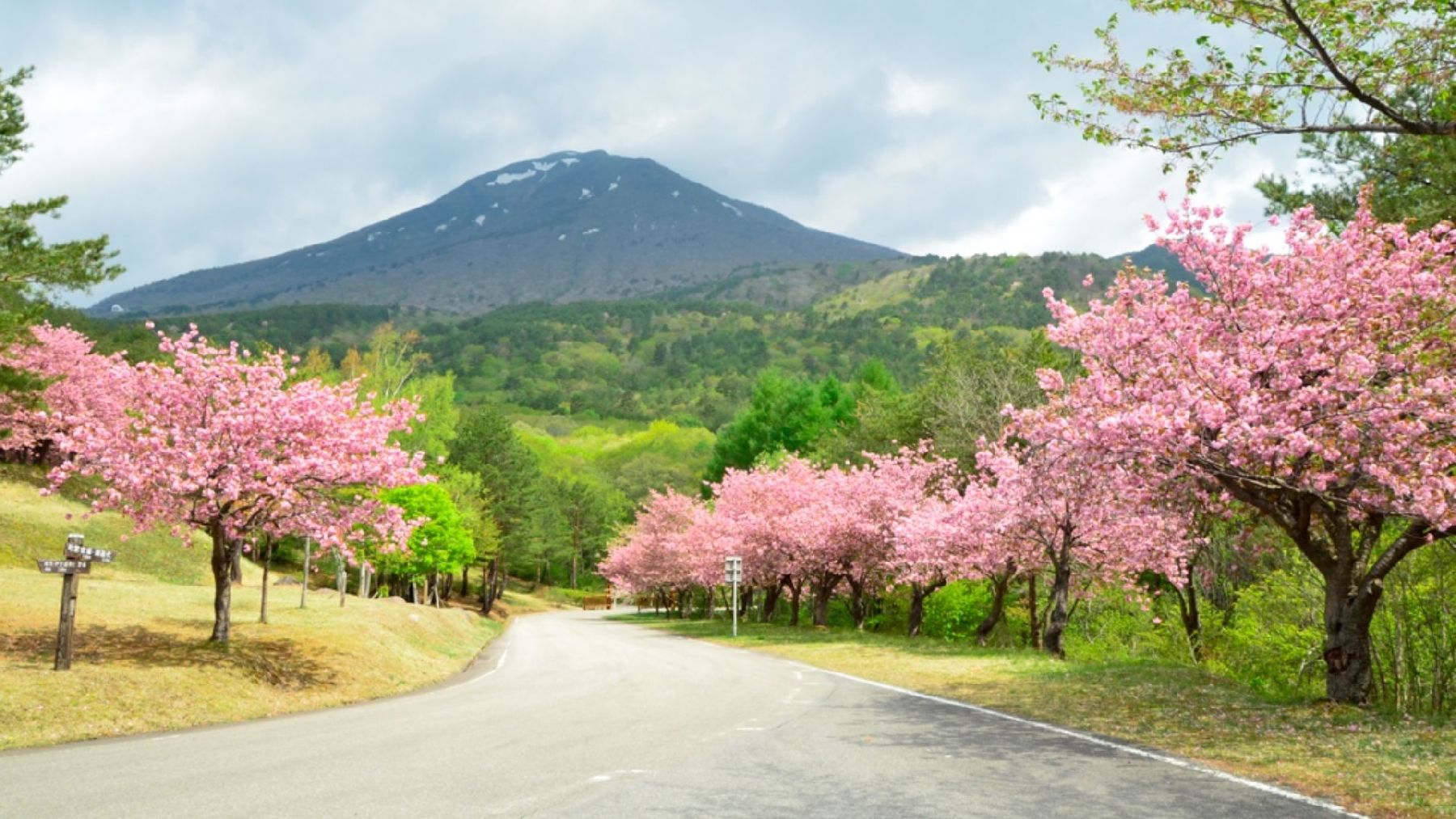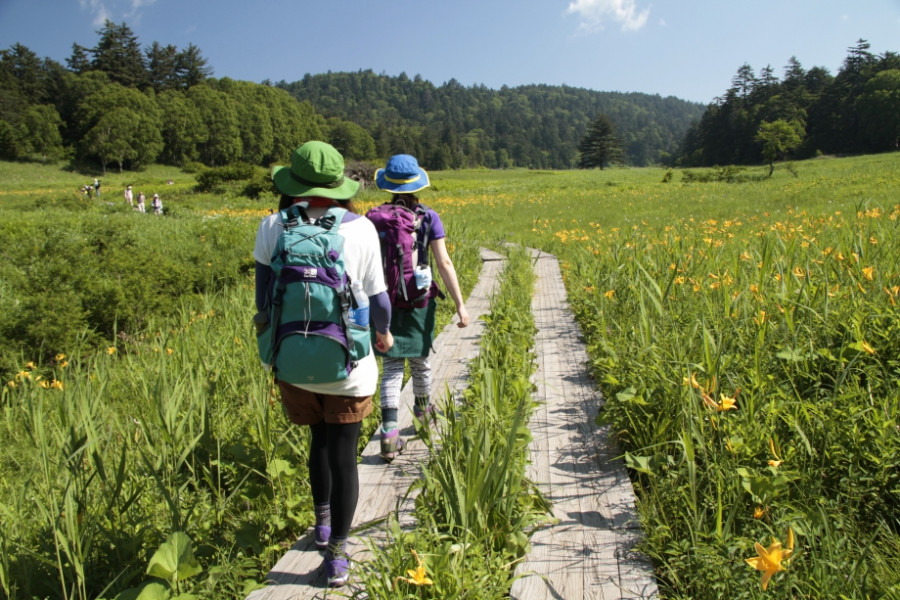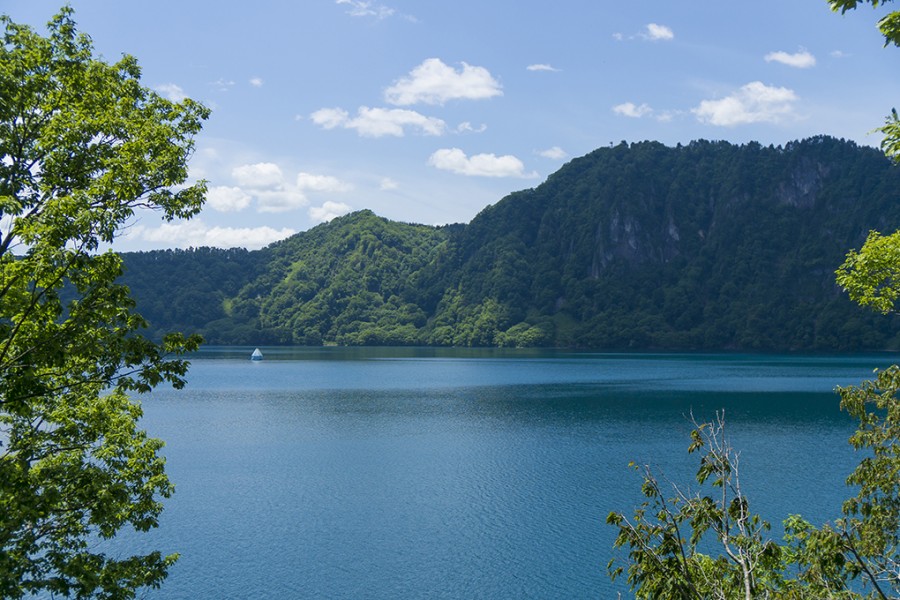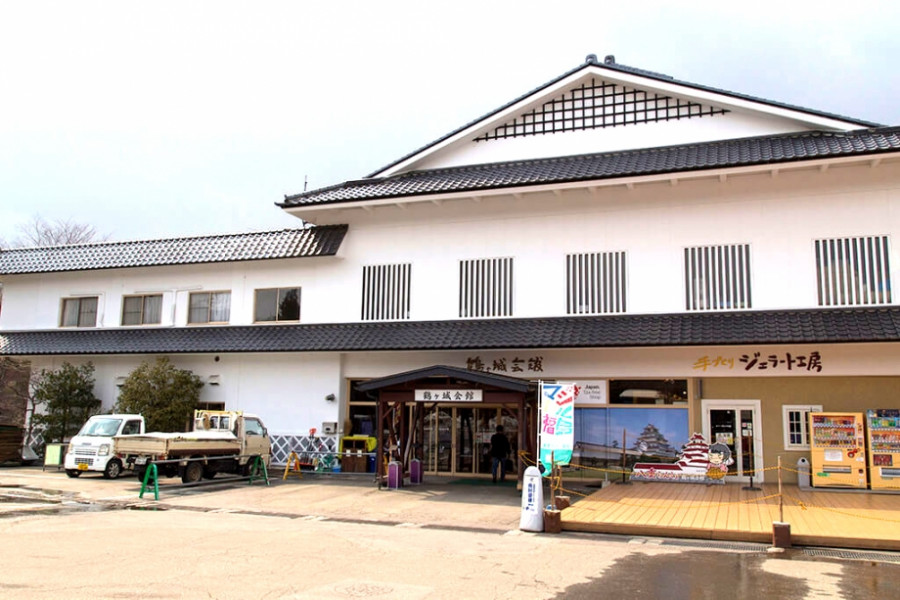
Tsurugajo Kaikan
Tsurugajo Kaikan is a shopping complex next to Tsurugajo Castle. Here you can try local cuisine, from Wappa Meshi and Sauce Katsudon, to soba noodles and Kitakata Ramen. The French restaurant "Racines" is also on the premises, so that both Japanese and western-style cuisines can be enjoyed in one location. The restaurants have seating for approximately 1,000 guests.The first floor contains a tax-free shop that sells local Aizu goods and souvenirs, from ready-to-cook Kitakata Ramen, soba noodles, Japanese pickles, and sweet treats, to traditional crafts like Akabeko lucky red cow.You can even try painting your own akabeko cow (a traditional folk toy which is said to bring luck), and take it home as a souvenir of your trip. Painting an akabeko takes about 30 minutes, and a reservation is required for groups. The parking area accommodates full-size buses as well as personal vehicles.
